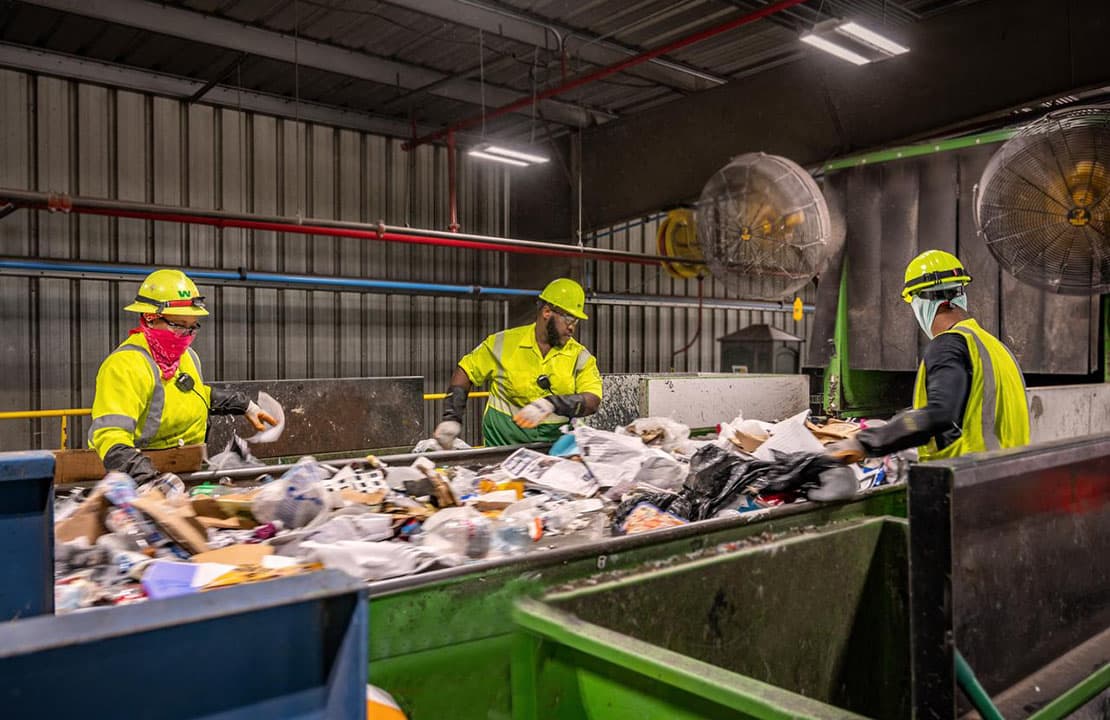Commitments
Our People First
The proud, caring and resilient members of the WM team are the foundation for our success. We commit to taking care of each other, our customers, our communities and the environment.
Success With Integrity
Our success is based not only on the results we achieve, but how we achieve them. We commit to being accountable, honest, trustworthy, ethical and compliant in all we do.


